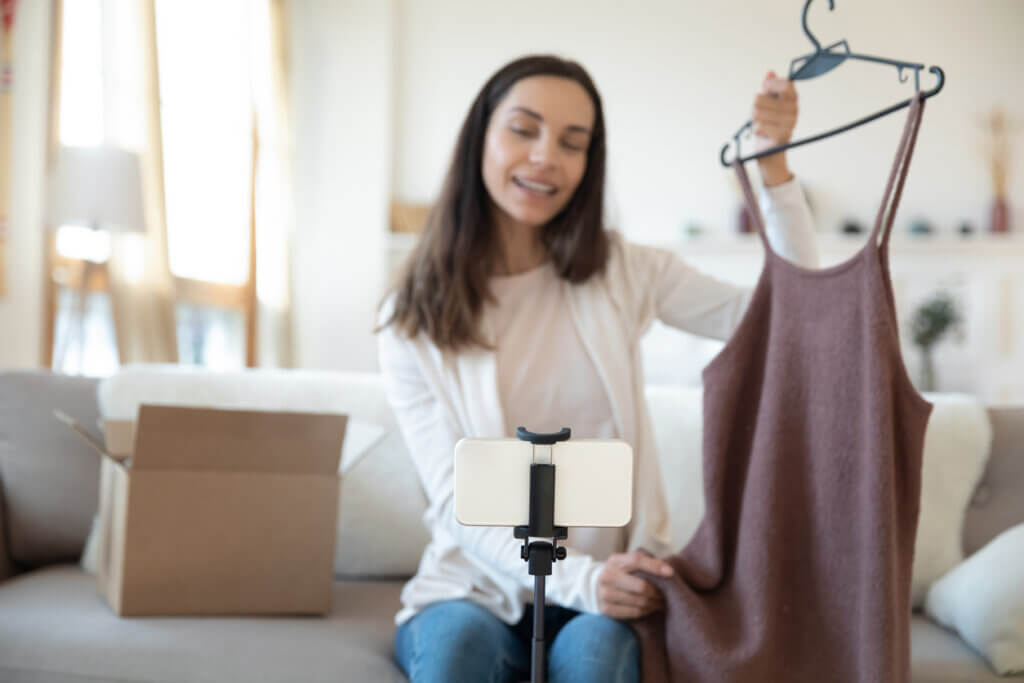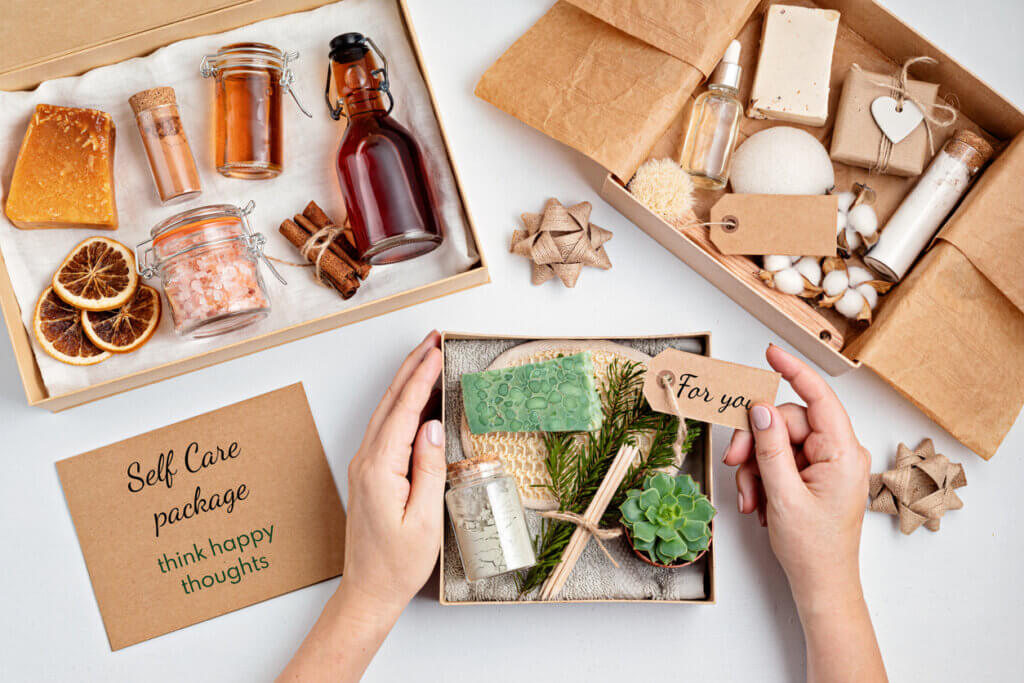Packaging is often the first and last thing customers see when interacting with your product. Making a positive first impression is critical to your customer experience and retention rate. This blog post will discuss three ways to improve your customer experience with packaging. Keep reading to learn more!
Why packaging is essential for customer experience
No matter what product you sell, the packaging is often the first thing a customer sees. You want to ensure that your packaging demonstrates the right message about your brand. Good packaging can also be the difference between a one-off customer and repeat business.
Ecommerce Insights: Merchant 2025
Value remains the top driver in decision making across all consumer spend categories. Read about eCommerce strategies that work.

If you are selling a physical product, the packaging is what protects your product during shipping. You want to ensure that your product arrives in good condition and that the packaging can withstand any potential damage.
Packaging also plays a role in the unboxing experience. This is when customers open up their order and see the product for the first time. If you have done a good job with your packaging, the unboxing experience will be positive and memorable. This can lead to customers becoming repeat buyers and even advocates for your brand.

“Unboxing” has been a trend for social media videos for some time now. As a business, it also provides a means to get more exposure online and the unique chance to interact directly with consumers on their level. Unboxing may be an extremely successful marketing strategy, regardless of where the product was purchased, because it heightens consumer excitement and anticipation.
Now that we’ve discussed the importance of packaging, let’s move on to how you can improve your customer experience!
1. Make it easy to open
One of the most important things to consider when packaging your product is how easy it will be for the customer to open. They may not even bother trying if it’s difficult or too time-consuming to open. Use easy-to-open materials and include clear instructions on how to open the package.
Easy open materials include:
- Tear strip packaging
- Zipper pouches
- Snap-open lids
Include clear instructions:
- Use images or illustrations to show how to open the package
- Write clear and concise text instructions
2. Make sure your product is well protected during shipping
Your product should be well-protected while in transit to avoid damage. This means using durable materials that can withstand wear and tear. You’ll also want to ensure that your product is securely sealed, so it doesn’t fall out or get damaged during shipping. When considering how to protect your packaging, there are three layers: the exterior, the interior, and the product package.
Outer packaging:
This is the packaging of your products for when they will be shipped and the first layer of protection. It is essential to use high-quality materials that can withstand wear and tear, such as corrugated cardboard boxes. Types of outer packaging can include:
- Corrugated boxes: This is still businesses’ most prevalent packaging method. They’re durable, don’t add weight to your products, and can be recycled. You may also use double-walled corrugated boxes to provide extra strength and durability for heavier items.
- Padded mailers: Small, flat, or delicate products such as jewellery, handcrafted goods, works of art, or electronics are appropriate for this type of packaging. Instead of ‘packing peanuts’, use recyclable paper or bubble wrap to increase protection.
- Bags and envelopes: You may use poly mailers, Tyvek envelopes, or plastic mailing bags to ship light and breakable items if you sell more light but not fragile products. They are lightweight, durable, simple to store, and self-sealing, making it easier to transport little orders or boxes from home or a warehouse. These may also be easier to personalise.
- Customised packaging: Custom-printed boxes and bags are a great way to make your brand stand out. You can use them for all products, but they work especially well for luxury items or gifts. Depending on your budget, you may work with your delivery companies to find the best design to keep your products safe.
Between the packaging:
Keep your product secure inside the box it arrives in by adding a protective barrier over critical items such as delicate components or electronics. Bubble wrap, tissue paper, packing peanuts, or another similar inner packaging can be used.

Inner packaging:
The packaging should be informative. It must provide the customer with all they need to know about what they’ll discover after opening the outer box at home.
Ensure your packaging is securely sealed by taping the box’s seams, using zip ties or twine to secure loose items and extra sealed bags for small items in your inner packaging.
Keep your products safe from the point they leave your facility until they reach the hands of your consumers. Consider how difficult it is to handle your packaging and make sure you don’t damage your products while they sit in stock. Packaging items of a non-uniform shape, for example, may make them more difficult to stack and handle, putting them at extra risk of being misplaced or damaged. Read more about how to package your products here.
3. Use branded packaging
Packaging is a great opportunity to show off your brand. Use branded packaging materials such as boxes, labels, and tape. You can also include branded inserts or thank-you notes. This will help create a memorable unboxing experience for your customers.
Utilising your brand in your packaging is easy. Simply use the colours, fonts, and logo you already have on your product packaging design. The first step is to look for packaging designs in your industry that catch your attention and figure out what common elements you like. Remember that your product packaging should be geared towards the demographic you want to appeal to.

There are many elements of material innovation that you can add to your packaging design that can go a long way. Working with different packaging textures can help engage your customer and make the experience more memorable. Examples of textural changes to packaging include having a matte finish, embossing or hot stamping.
A touch of surprise in your packagings, such as a gift or a scratch-off promo code, can also encourage your consumers to engage with your brand and prompt them to take action or buy from you again.
Other packaging considerations
Budget:
The budget for your packaging will be determined by four factors: the material, design, size, and quantity. You’ll need to order a minimum quantity of packaging from your supplier, which can be as low as 500 units. However, you’ll get a better price per unit if you order in larger quantities. Ordering packing materials in bulk will often save you in cost per unit.
The size of your packaging will be determined by the dimensions of your product and how much space it needs for protection during shipping. Your packaging should also be designed to make the most efficient use of space to keep shipping costs down. To ensure that your customers receive their items safely, using high-quality materials is critical.
Deliver a Better Ecommerce Experience
From shopping cart to doorstep, we’ll get your online deliveries delivering real results for your business.

Sustainability:
Consumers are becoming increasingly concerned about the environment, and using eco-friendly packaging methods and designs is a great approach to set yourself apart from the competition. Sustainable packaging materials may be used, including bamboo, recycled paper, or plastic constructed from recycled materials.
It will pay to consider your target market when it comes to sustainability. Eco-friendly packaging can be more expensive, which is a cost you will likely pass onto your customers by increasing the per unit price. For this reason, business owners must ensure this will work in their business model. Do also make sure to avoid the pitfall of greenwashing, that is, misleading consumers into thinking your business uses ‘certified’ sustainable practices when it doesn’t. Authenticity is key!
Conclusion
There are many factors to consider when designing and selecting your product packaging. By keeping these tips in mind, you’ll be able to create packaging that looks great, protects your product, and leaves a lasting impression on your customers.
 9 min read
9 min read






